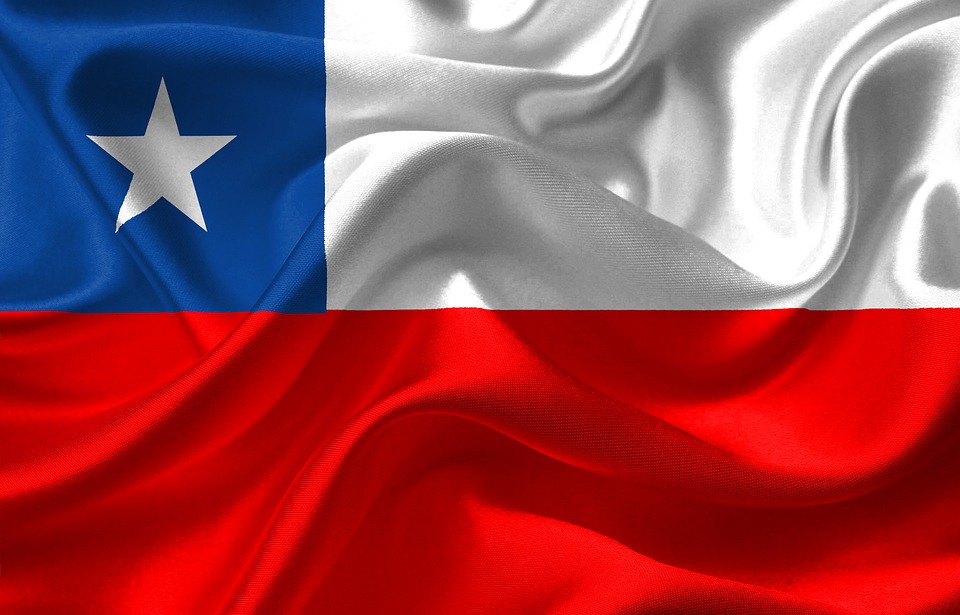Under the visionary leadership of President Gabriel Boric and Minister of Energy Diego Pardow, Chile is leveraging its unique natural and institutional advantages to attract significant investments and build a future-proof industry.
The Vision for Green Hydrogen
President Gabriel Boric has emphasized the critical role of green hydrogen in creating a resilient and innovative industrial sector. His administration is committed to establishing long-term agreements that ensure investment certainty, which is essential for the sustained growth of this nascent industry.
Diego Pardow, Chile’s Minister of Energy, highlights the country’s unparalleled natural resources and stable institutional framework as key drivers for green hydrogen development. “The wind in the south and the solar radiation in the north are more potent than anywhere else in the world,” Pardow notes. These conditions enable Chile to build highly efficient hydrogen production plants, outperforming global competitors.
Building on Past Success
The previous government’s National Green Hydrogen Strategy set ambitious medium—and long-term goals and successfully attracted substantial investor interest. The current administration aims to build on this momentum by incorporating local communities into the industry’s growth. The focus is not just on the economic benefits but also on creating industrial jobs, developing human capital, and advancing infrastructure.
The Green Hydrogen Action Plan
Recently, Chile introduced the Green Hydrogen Action Plan and established a Strategic Committee to guide its implementation. This plan aims to integrate local communities into the industry’s development, ensuring that the benefits of green hydrogen are widely shared. Key goals include the creation of industrial jobs, the formation of skilled labor, and significant advancements in infrastructure.
Real-World Applications
Green hydrogen is not just a future aspiration for Chile; it is already making an impact. In Coquimbo, a private project blends green hydrogen into thousands of homes through the natural gas network, showcasing the practical application of this clean fuel. In the Metropolitan Region, logistics centers use green hydrogen forklifts, which reduce operation times, improve productivity, and increase workers’ incomes.
In Magallanes, the Haru Oni synthetic fuel production plant exemplifies the integration of global technologies with local labor. This plant, primarily operated by local workers, represents a significant regional development and job creation opportunity.
